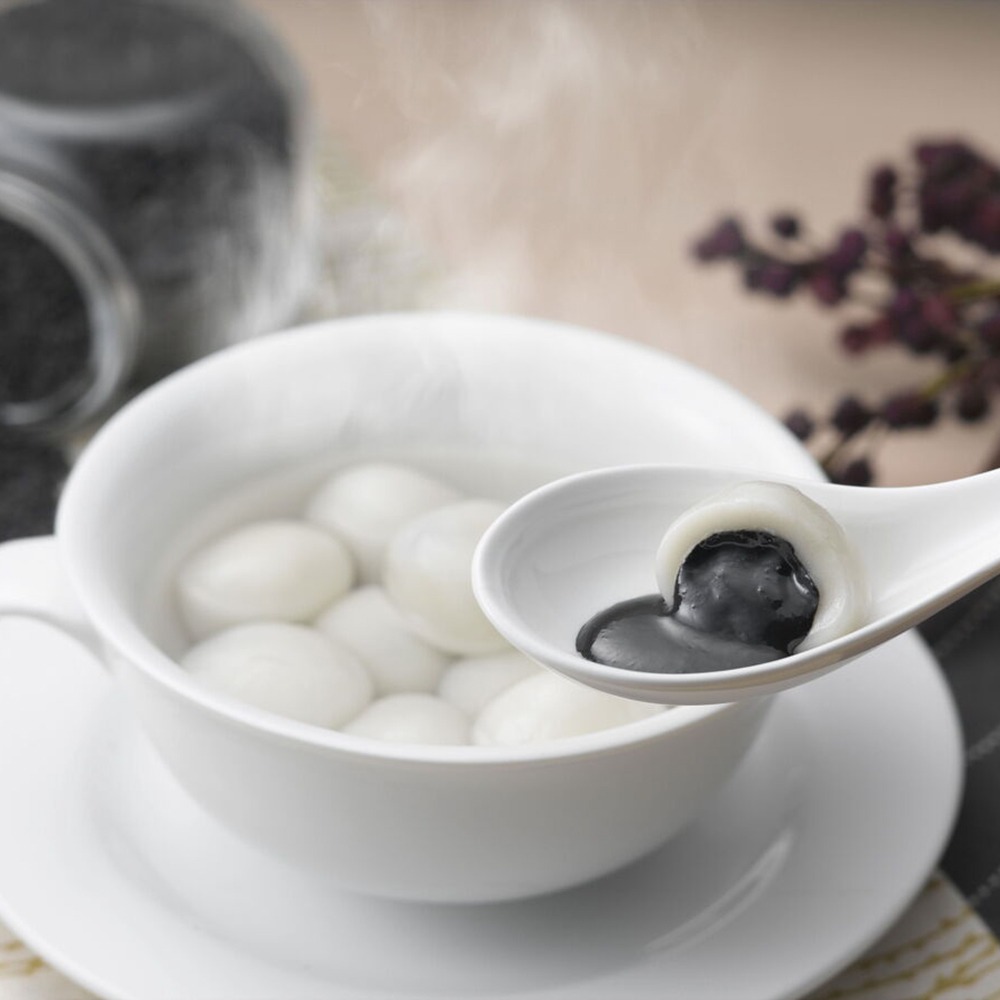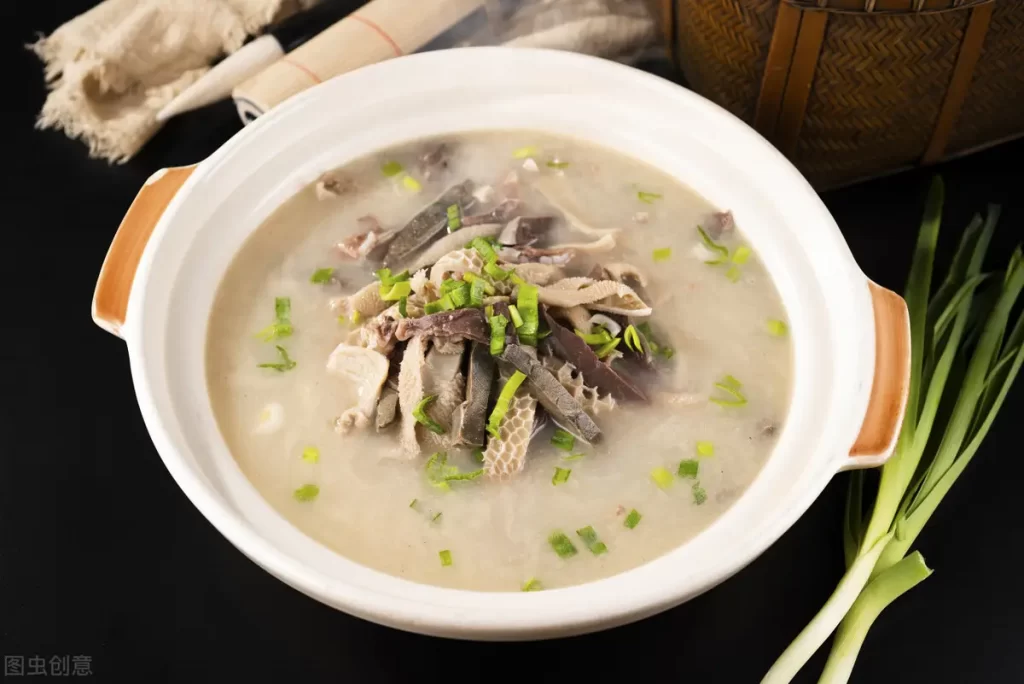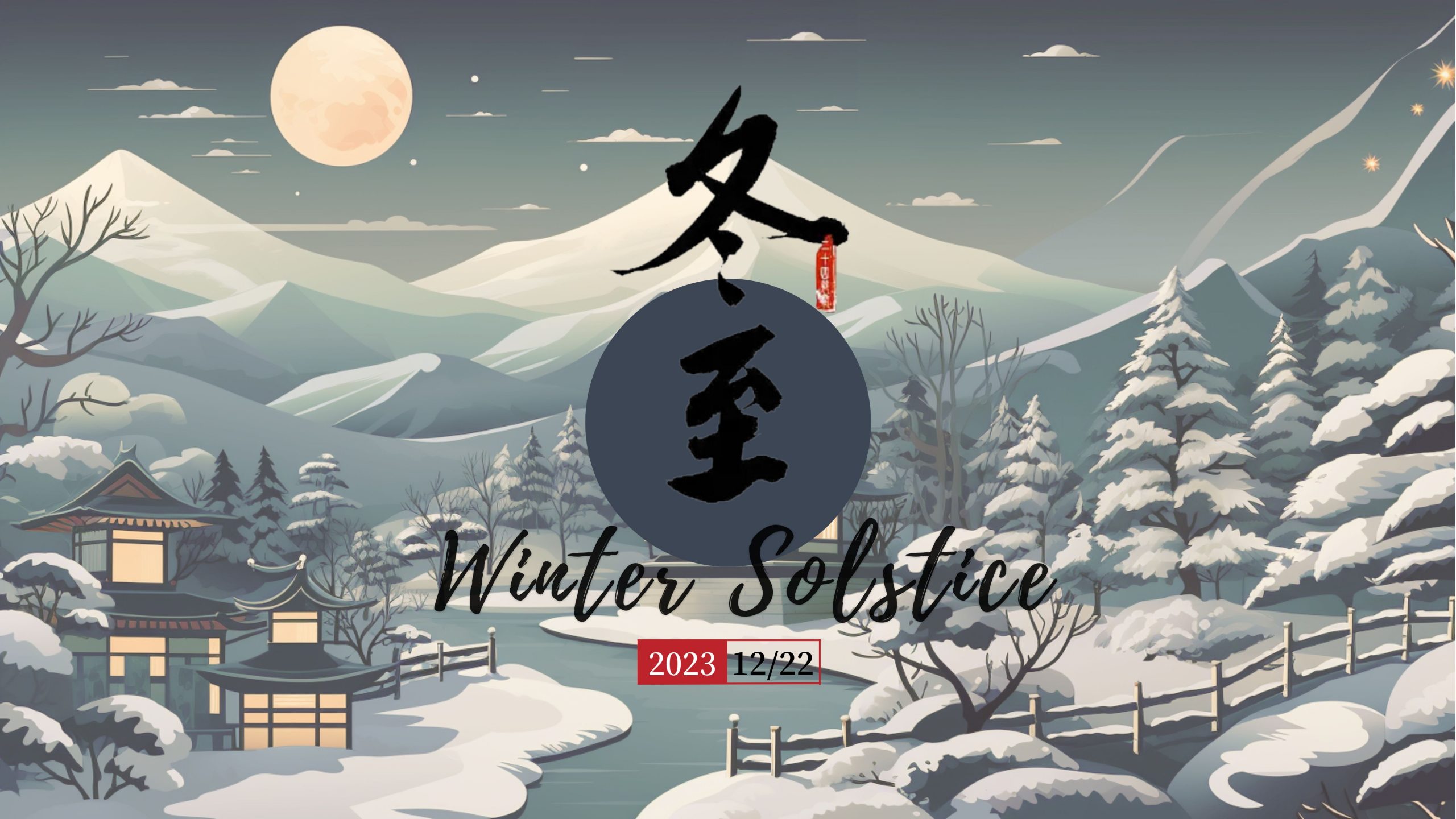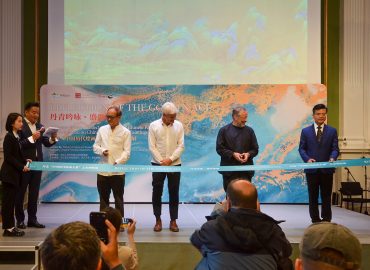“Winter Solstice” is the 22nd solar term among the 24 Chinese Solar terms and one of the earliest established in China. Over 2500 years ago in the Chunqiu Period (approximately 770 to 481 BCE), ancient observers determined the timing of the Winter Solstice using sundials, placing it between December 22nd and 23rd when the sun’s celestial longitude reaches 270°.
On the Winter Solstice, the Northern Hemisphere experiences the shortest daylight and the longest night of the year. After this day, daylight gradually extends, and nights shorten. From the Winter Solstice onwards, temperatures enter their coldest phase. It’s not only a seasonal marker but also a significant traditional ancestral worship festival.
In northern China, eating dumplings on the Winter Solstice has been a millennium-old tradition symbolising good luck. In the southern regions, eating Tangyuan, sweet glutinous rice balls, is a customary practice representing family reunion. Tangyuan serves as both a tribute to ancestors and a gift exchanged among friends and family. In Shandong and Sichuan provinces, there’s a tradition of drinking mutton soup on the Winter Solstice.


Ancient Chinese also had a custom of drawing “99 Pictures to Dispel the Cold” after the Winter Solstice, calculating the arrival date of warm spring days. As described in the Ming Dynasty(1368–1644)’s book,
On Winter Solstice day, draw a branch of plum blossoms with eighty-one petals. Each day, colour one petal, and when all are coloured, the ’99 Pictures to Dispel the Cold’ indicate that spring has deepened.

Danish
“Vintersolhverv” er den 22. solperiode blandt de 24 kinesiske solperioder og en af de tidligst etablerede i Kina. For over 2500 år siden, i Chunqiu-perioden (ca. 770-481 f.v.t.), fastlagde gamle observatører timingen for vintersolhverv ved hjælp af solure og placerede det mellem den 22. og 23. december, når solens himmelske længde når 270°.
På vintersolhverv oplever den nordlige halvkugle årets korteste dag og længste nat. Efter denne dag øges dagslyset gradvist, og nætterne forkortes. Fra vintersolhverv og fremefter går temperaturen ind i sin koldeste fase. Det er ikke kun en årstidsmæssig markør, men også en betydningsfuld traditionel festival for tilbedelse af forfædre.
I det nordlige Kina har spisetraditionen af dumplings på vintersolhverv symboliseret lykke i årtusinder. I de sydlige regioner er det en sædvane at spise Tangyuan, søde glutinøse risboller, der repræsenterer familiesammenkomst. Tangyuan tjener både som hyldest til forfædrene og som en gave, der udveksles mellem venner og familie. I Shandong og Sichuan-provinserne er der en tradition for at drikke fåresuppe på vintersolhverv.

Gamle kinesere havde også en skik med at tegne “99 billeder til at fordrive kulden” efter vintersolhverv for at beregne ankomstdatoen for varme forårsdage. Som beskrevet i Ming-dynastiets (1368-1644) bog, “På vintersolhvervsdag skal du tegne en gren af blommeblomster med enogfirs kronblade. Hver dag farver du et kronblad, og når alle er farvet, indikerer ’99 billeder til at fordrive kulden’, at foråret er dybere.”





